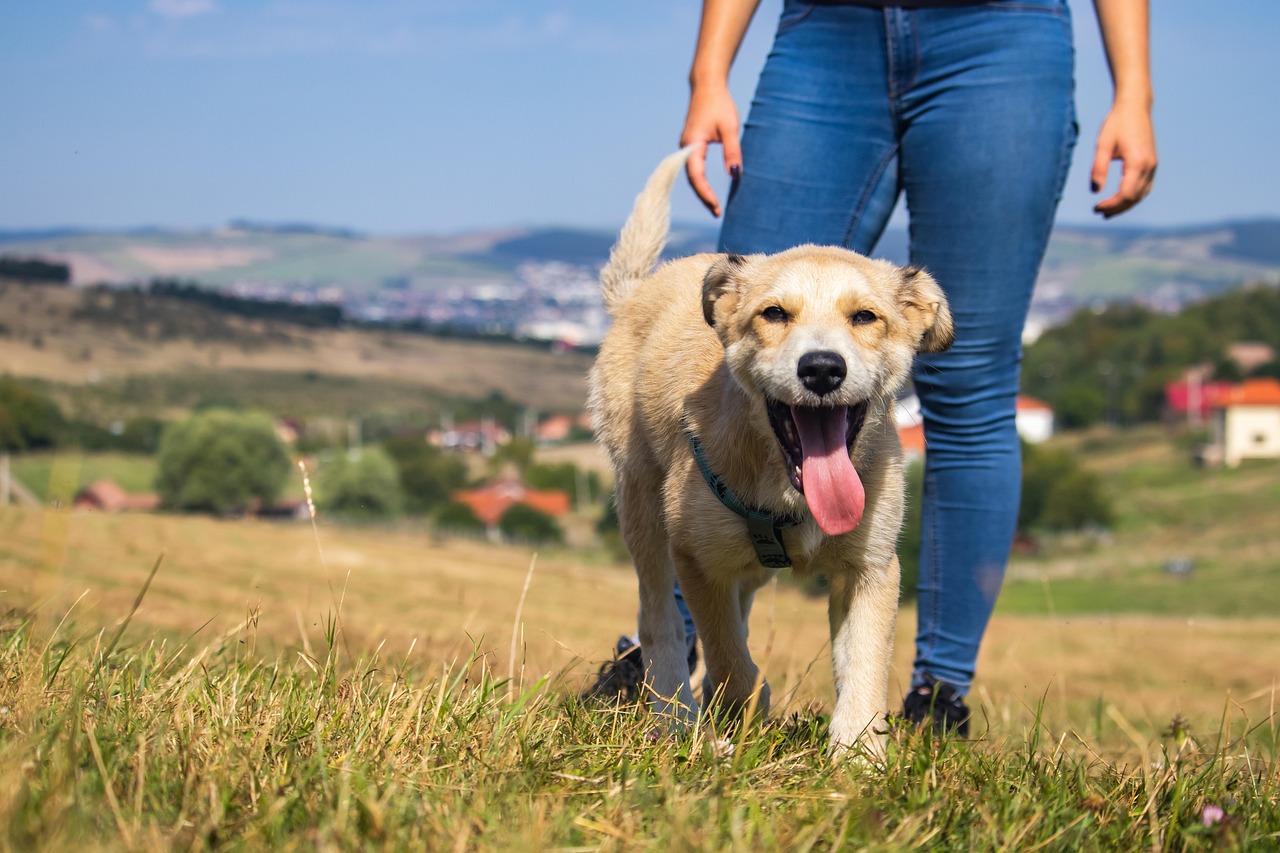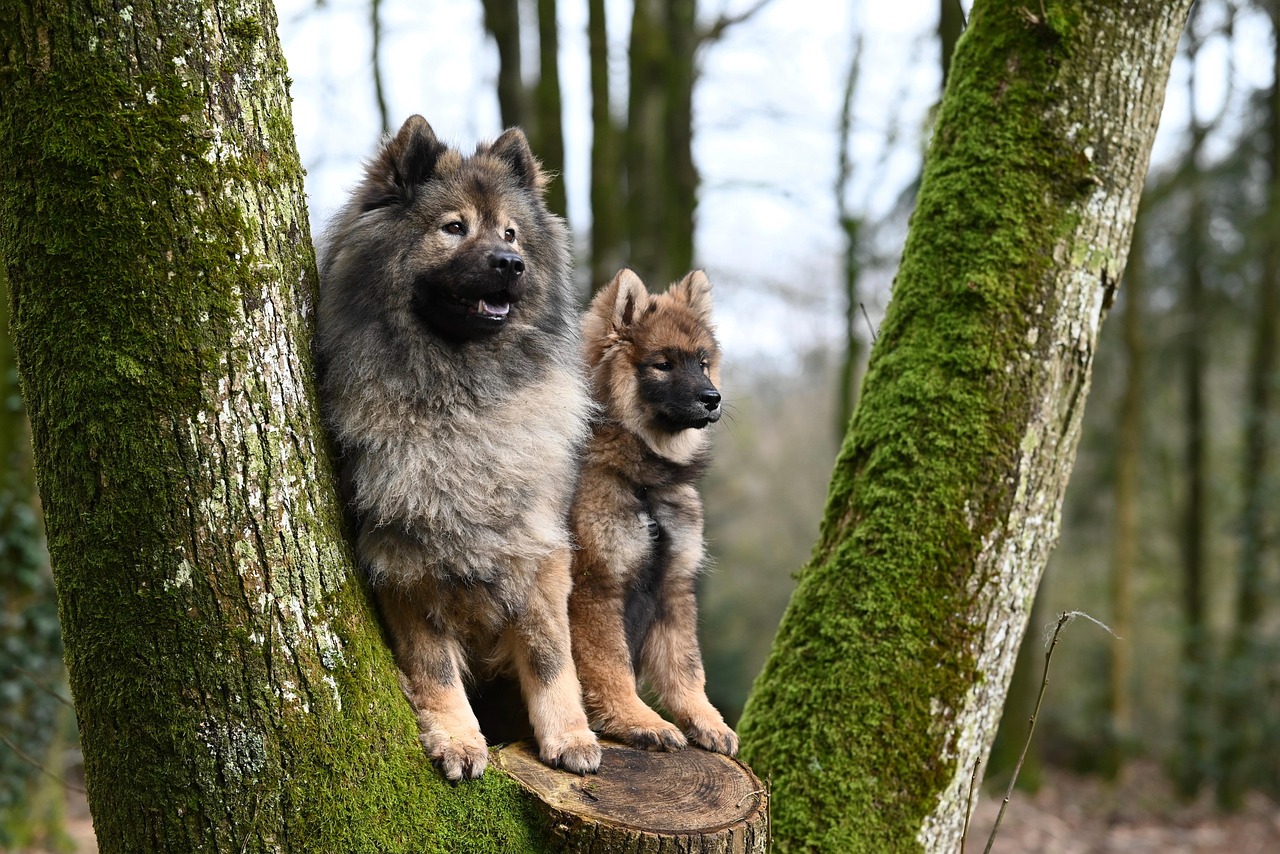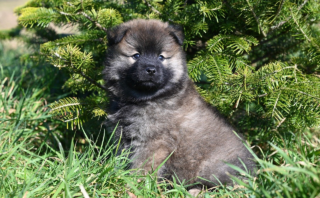Kid-Friendly Dog Training: Learn the Fun and Easy Way
Introducing children to the responsibilities and rewards of having a pet is an enriching experience. Dogs are often the preferred choice due to their loyalty and rapport with humans. However, having a pet dog isn’t just about cuddling, playtime, and walks in the park. It also involves training, an aspect that most children are unaware of. By involving children in dog training, we not just educate them on responsible pet ownership but also foster empathy, commitment, and a lifelong bond between the child and the pet. Let’s explore the aspects of dog training for kids.

Understanding Your Dog
The first step towards effective training is understanding your dog. Each breed has a unique set of traits and temperament. Some are energetic and playful, while others are calm and reserved. Identifying these patterns and behaviors will help children to connect better with the dog. This understanding also forms the foundation for successful training as it enables children to work in sync with the dog’s instinctive behaviours, thereby making training more effective and enjoyable for both.

Essential Commands
While there are various commands that a dog can learn, some basic ones are crucial. These include ‘Sit’, ‘Stay’, ‘Come’, and ‘No’. These commands ensure the dog’s safety, maintain a calm home environment, and importantly show the dog’s submissive position in the household hierarchy.
Training Techniques ### Use Positive Reinforcement
Positive reinforcement is an effective method of training, particularly for children. It involves rewarding the dog for desirable behaviour, encouraging repetition of the same. These rewards can be treats, praises, or favourite toys. However, rewards must be given immediately after the positive action so that the dog can associate the reward with the specific action.

Gradual Training
Never rush your dog into learning everything at once. Gradual training helps your dog to focus and understand each command distinctly. It also creates a stress-free learning environment for your dog and helps the child to manage expectations.
Safety Measures
Training a dog can sometimes lead to unpredictable situations. Therefore, it is crucial for children to follow some essential safety measures. These may include never training the dog alone, avoiding strong physical corrections which might provoke an unintended reaction from the dog, or maintaining a safe distance when the dog is eating or sleeping. Above all, children should be encouraged to respect the dog’s space and never force interaction.

FAQs
Is it safe for kids to train dogs?
Yes, with adequate guidance and supervision, it is safe for children to train dogs. It also helps in building a strong bond between the child and the dog.
At what age can a child start training a dog?
Children as young as five years old can begin to interact with dogs and participate in their training, under adult supervision.
Which dog breeds are best for children?
Families with children often go for breeds like Labrador Retriever, Golden Retriever, Beagle, and Boxer due to their friendly nature, gentleness, and love for playtime. However, the choice should depend on your family’s lifestyle and the individual dog’s temperament.

What to do if the dog doesn't obey the commands?
Patience and consistency are key. If a dog is not responding to commands, revisit the training method being used or consult with a professional dog trainer.
Conclusion
Training a dog is a wonderful way to teach kids about responsibility, patience, and empathy. Wielding the power of communication with another species is an empowering experience for a child. Remember to always ensure safety during training sessions, and provide both child and dog with plenty of positive reinforcement. Not only will this process strengthen the bond between child and dog, but it will also create a harmonious living environment for your entire family.




